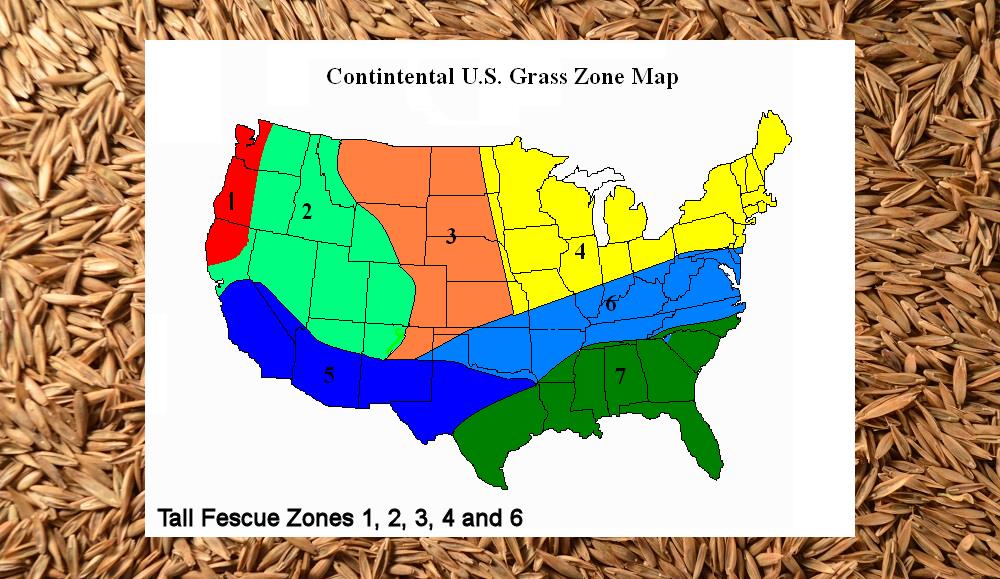Dealer |
Address |
Location |
Andrews Farm & Seed
Beachner Seed Co.
Buchheit, Inc.
Caudill Seed Co.
Delange Seed Co.
Excel Seed Co.
Flick Seed Co.
Kincaid Seed Co.
MFA, Inc.
Miller Seed Company
Missouri Southem Seed Corp.
Olean Seed Co.
Pennington Seed
Porter Seed House, Inc.
Reeds Seeds
S&S Seed Co.
Shawneetown Feed & Seed
Sheldon Seed |
5505 Locust Rd.
PO Box 128
33 PCR 540
1402 W. Main St.
PO Box 7
604 Hwy 5
PO Box 128
15508 Thom Road
201 Ray Young Drive
PO Box 364
PO Box 699
PO Box 77
PO Box 338
438 N. Williams Ave.
PO Box 230
PO Box 612
12778 US Hwy 61
Box 492 |
Carthage, MO 64836
St. Paul. KS 66771
Perryville, MO 63755
Louisville, KY 40203
Girard. KS 66743
Syracuse. MO 65354
Kingsville, MO 64061
Jasper, MO 64755
Columbia, MO 65201
Clinton, MO 64735
Rolla, MO 65402
Olean, MO 65064
Greenfield, MO 65661
Bolivar, MO 65613
Chillicothe, MO 64601
Stockton, MO 65785
Jackson, MO 63755
Sheldon, MO 64784 |
Allied Industries |
Address |
Location |
Central Bag Company
FCS Financia - Gary Tompkins
Ketchum Seeds, Inc.(Brokerage)
Krause Seeds Inc
Summit Seed Coatings
The Manchester Co. - Grant Weidman
|
PO Box 37
PO Box 628
PO Box 246
P0 Box 688
10100 S. Jefferson St.
8837 Lenexa Drive
|
Lansing, KS 66043
Jefferson City, MO 65102
Springfield, TN 37172
Concordia, MO 64020
Princeton, KY 42445
Overland Park, KS 66214
|

